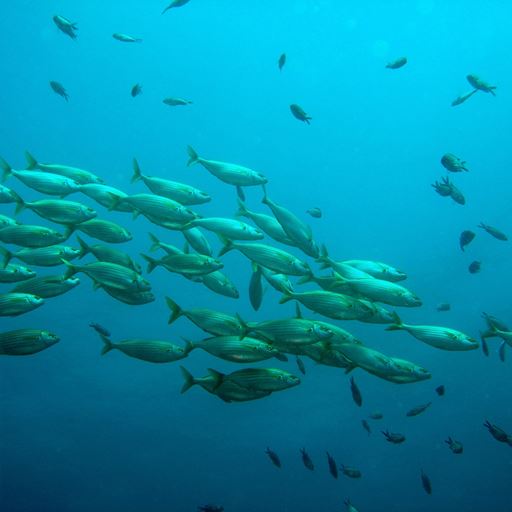How fish swim reveals a lot about their personality
-
Date
Thu 25 Feb 21

Personality has been described in all sorts of animal species, from ants to apes.
Now a new study involving University of Essex mathematicians has revealed that the way a fish swims tells us a lot about its personality.
This new research, published in the Ecology and Evolution journal, suggests experts can reliably measure animal personality simply from the way individual animals move, a type of micro personality trait, and that the method could be used to help scientists understand about personality differences in wild animals.
A team of from Swansea University and Essex filmed the movements of 15 three-spined stickleback fish swimming in a tank which contained two, three, or five plastic plants in fixed positions.
Using the high‐resolution tracking data from video recordings, the team took measurements of how much and how often the fish turned, and how much they stopped and started moving.
The data revealed that each fish’s movements were very different, and that these differences were highly repeatable – so much so that the researchers could identify a fish just from its movement data.
Dr Ines Fürtbauer, a co-author of the study from Swansea University, said: “These micro personalities in fish are like signatures – different and unique to an individual. We found the fish’s signatures were the same when we made simple changes to the fish tanks, such as adding additional plants. However, it is possible these signatures change gradually over an animal’s lifetime, or abruptly if an animal encounters something new or unexpected in its environment. Tracking animals’ motion over longer periods and in the wild will give us this sort of insight and help us better understand not only personality but also how flexible an animal’s behaviour is.”
Dr Joe Bailey, from Essex’s Department of Mathematical Sciences, said: “Measuring and quantifying ‘personality’ is not an easy thing to do. But by tying in standard movement measures with individual’s behavioural traits means that it should be easier to identify different personality types without requiring intrusive and disruptive lab-based experiments. This work indicates that such a crossover should be possible and sets the groundwork for future research to focus on developing and generalising these findings, which should lead to practical and beneficial applications in ecology and animal welfare."
The authors of the study say that further work with other species and contexts is needed to see how general the phenomenon is, and if the same patterns are seen with land animals or flying species.
.jpg?mh=500&mw=500&hash=6568B6C9CCF5290A596BEF6678B6AD0E)



